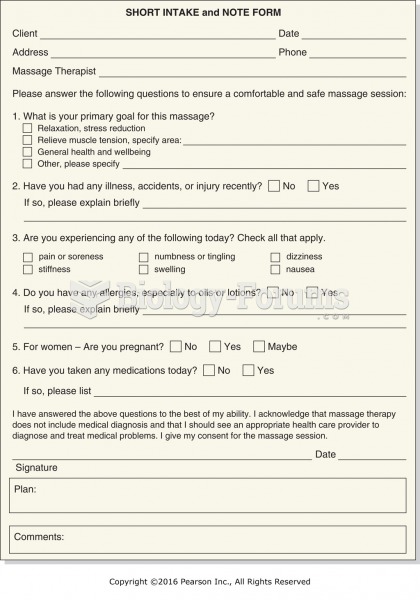|
|
|
Did you know?
In ancient Rome, many of the richer people in the population had lead-induced gout. The reason for this is unclear. Lead poisoning has also been linked to madness.
Did you know?
The human body's pharmacokinetics are quite varied. Our hair holds onto drugs longer than our urine, blood, or saliva. For example, alcohol can be detected in the hair for up to 90 days after it was consumed. The same is true for marijuana, cocaine, ecstasy, heroin, methamphetamine, and nicotine.
Did you know?
Illicit drug use costs the United States approximately $181 billion every year.
Did you know?
The human body produces and destroys 15 million blood cells every second.
Did you know?
The first oncogene was discovered in 1970 and was termed SRC (pronounced "SARK").







